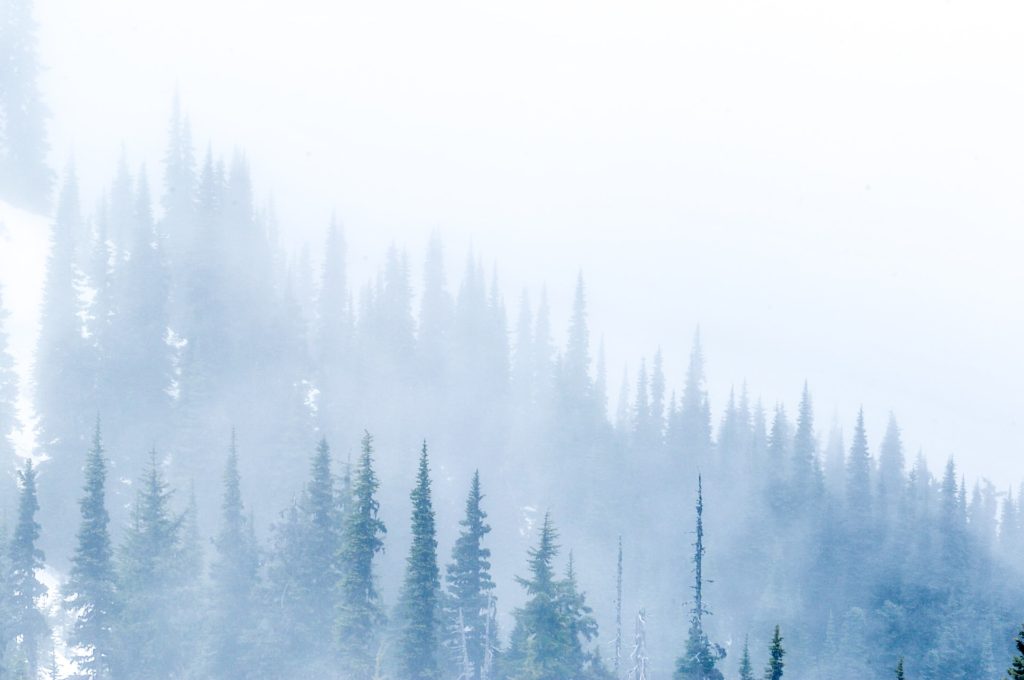This year’s winter solstice will bring a rare sight to our night skies – just in time for the holidays. For the first time since March 4, 1226, we on Earth, Jupiter and Saturn will appear closer to each other on December 21, 2020.
Our solar system’s largest planets align during their orbits around the sun. Jupiter and Saturn’s last conjunction was in 2000. But this year is particularly special because the two will appear to separated by just one-fifth the diameter of a full moon – or 0.1 degrees – an occurrence the world hasn’t seen since 1226.

Rosenberg, Matt. “Winter Solstice.” ThoughtCo, Aug. 27, 2020, thoughtco.com/winter-solstice-physical-geography-1433425 wrote:
“The time around December 21 or 22 is a very important day for our planet and its relationship with the sun. December 21 is one of two solstices, days when the rays of the sun directly strike one of the two tropical latitude lines. In 2018 at precisely 5:23 p.m. EST (22:23 UTC) on December 21, 2018 winter begins in the Northern Hemisphere and summer begins in the Southern Hemisphere.
Why the Winter Solstice Occurs
The earth spins around its axis, an imaginary line going right through the planet between the north and south poles. The axis is tilted somewhat off the plane of the earth’s revolution around the sun. The tilt of the axis is 23.5 degrees; thanks to this tilt, we enjoy the four seasons. For several months of the year, one-half of the earth receives more direct rays of the sun than the other half.
The earth’s axis always points to the same point in the universe. When the axis points away from the sun from December to March (because of the relative location of the earth to the sun), the southern hemisphere enjoys the direct rays of the sun during their summer months. Alternatively, when the axis tilts towards the sun, as it does between June and September, it is summer in the northern hemisphere but winter in the southern hemisphere.
December 21 is called the winter solstice in the Northern Hemisphere and simultaneously the summer solstice in the Southern Hemisphere. On June 21 the solstices are reversed and summer begins in the northern hemisphere.

On December 21, there are 24 hours of daylight south of the Antarctic Circle (66.5° south of the equator) and 24 hours of darkness north of the Arctic Circle (66.5° north of the equator). The sun’s rays are directly overhead along the Tropic of Capricorn (the latitude line at 23.5° south, passing through Brazil, South Africa, and Australia) on December 21.
Without the tilt of the earth’s axis, we would have no seasons. The sun’s rays would be directly overhead of the equator all year long. Only a slight change would occur as the earth makes its slightly elliptical orbit around the sun. The earth is furthest from the sun about July 3; this point is known as the aphelion and the earth is 94,555,000 miles away from the sun. The perihelion takes place around January 4 when the earth is a mere 91,445,000 miles from the sun.
When summer occurs in a hemisphere, it is due to that hemisphere receiving more direct rays of the sun than the opposite hemisphere where it is winter. In winter, the sun’s energy hits the earth at oblique angles and is thus less concentrated.
During spring and fall, the earth’s axis is pointing sideways so both hemispheres have moderate weather and the rays of the sun are directly overhead the equator. Between the Tropic of Cancer and the Tropic of Capricorn (23.5° latitude south) there really are no seasons as the sun is never very low in the sky so it stays warm and humid (“tropical”) year-round. Only those people in the upper latitudes north and south of the tropics experience seasons.”
As we near the end of 2020, winter solstice reminds us that that brighter days are ahead. We’ve had impact across all facets of our lives this year.
Ready to learn and be inspired? It’s a good time to plan for Q1 2021. When you want to talk about taking care of business at home and work, contact me via Email or check out the website @ The Living Planner for additional information.
If I may be of assistance, reach out. Stay well –Lynn

#LifeAndBusinessIntersect #CareForPeopleCareForBusiness #StepUpStepIn #GenZ #LifeHacks
